The Essential Guide to Choosing the Right Medication Trolley for Your Healthcare Facility
In the fast-paced environment of healthcare facilities, the importance of efficient medication management cannot be overstated. A well-designed medication trolley plays a pivotal role in streamlining medication administration processes, enhancing both safety and workflow. According to a report by the Institute for Safe Medication Practices, nearly 90% of medication errors occur during the administration phase, highlighting the critical need for reliable tools in daily operations. Moreover, a study by the American Journal of Health-System Pharmacy indicates that hospitals utilizing specialized medication trolleys reported a 25% decrease in medication delivery times. Choosing the right medication trolley is not merely a matter of convenience; it is integral to ensuring compliance with 安全协议 and improving patient outcomes. This guide aims to equip healthcare professionals with the knowledge necessary to select the most suitable medication trolley tailored to their facility’s unique needs.

Understanding the Different Types of Medication Trolleys Available
When selecting a medication trolley for a healthcare facility, understanding the different types available is crucial for ensuring optimal functionality and safety. Medication trolleys can vary significantly in design and features, catering to different healthcare environments, ranging from hospitals to nursing homes. According to a report by Global Market Insights, the demand for advanced medication management solutions is expected to grow at a CAGR of 10.5% by 2026, highlighting the importance of having appropriate storage solutions, like medication trolleys, to meet evolving healthcare needs.
There are several types of medication trolleys, including standard, lockable, and mobile options. Standard trolleys are often used in outpatient settings, providing basic storage and easy access to essential medications. Lockable trolleys are critical in environments where medication security is paramount, safeguarding against misuse and ensuring compliance with regulatory standards. Mobile trolleys, equipped with wheels, are increasingly popular due to their flexibility, allowing healthcare professionals to transport medications easily throughout the facility. A study conducted by Healthcare Purchasing News found that 68% of healthcare professionals prefer mobile trolleys for their enhanced functionality in dynamic care environments. Understanding these different types enables healthcare facilities to choose a medication trolley that aligns with their unique operational requirements and patient care strategies.
Key Features to Look for in a Medication Trolley
When selecting a medication trolley for your healthcare facility, it's imperative to prioritize key features that ensure safety, efficiency, and ease of use. According to the Healthcare Supply Chain Association, nearly 30% of medication errors in hospitals are linked to improper handling and storage of medications. Therefore, a well-designed trolley should include a secure locking mechanism to prevent unauthorized access and maintain the integrity of medication distribution. Additionally,
trolleys made of anti-bacterial materials can significantly reduce the risk of cross-contamination, aligning with the findings from the Centers for Disease Control and Prevention, which emphasize the importance of infection control in healthcare settings.
Another critical aspect to consider is the organization and accessibility of the trolley. Trolleys equipped with adjustable shelves and designated compartments can enhance workflow by enabling quick access to medications and reducing search times. A study published in the Journal of Healthcare Management highlighted that efficient medication management systems can improve patient outcomes by 20% and decrease the time staff spend preparing medications. Moreover, incorporating features such as ergonomic handles and easy maneuverability can also contribute to reducing physical strain on healthcare staff, promoting a safer working environment. By focusing on these key features, healthcare facilities can optimize their medication delivery processes effectively.
Assessing the Space and Layout Needs for Your Facility
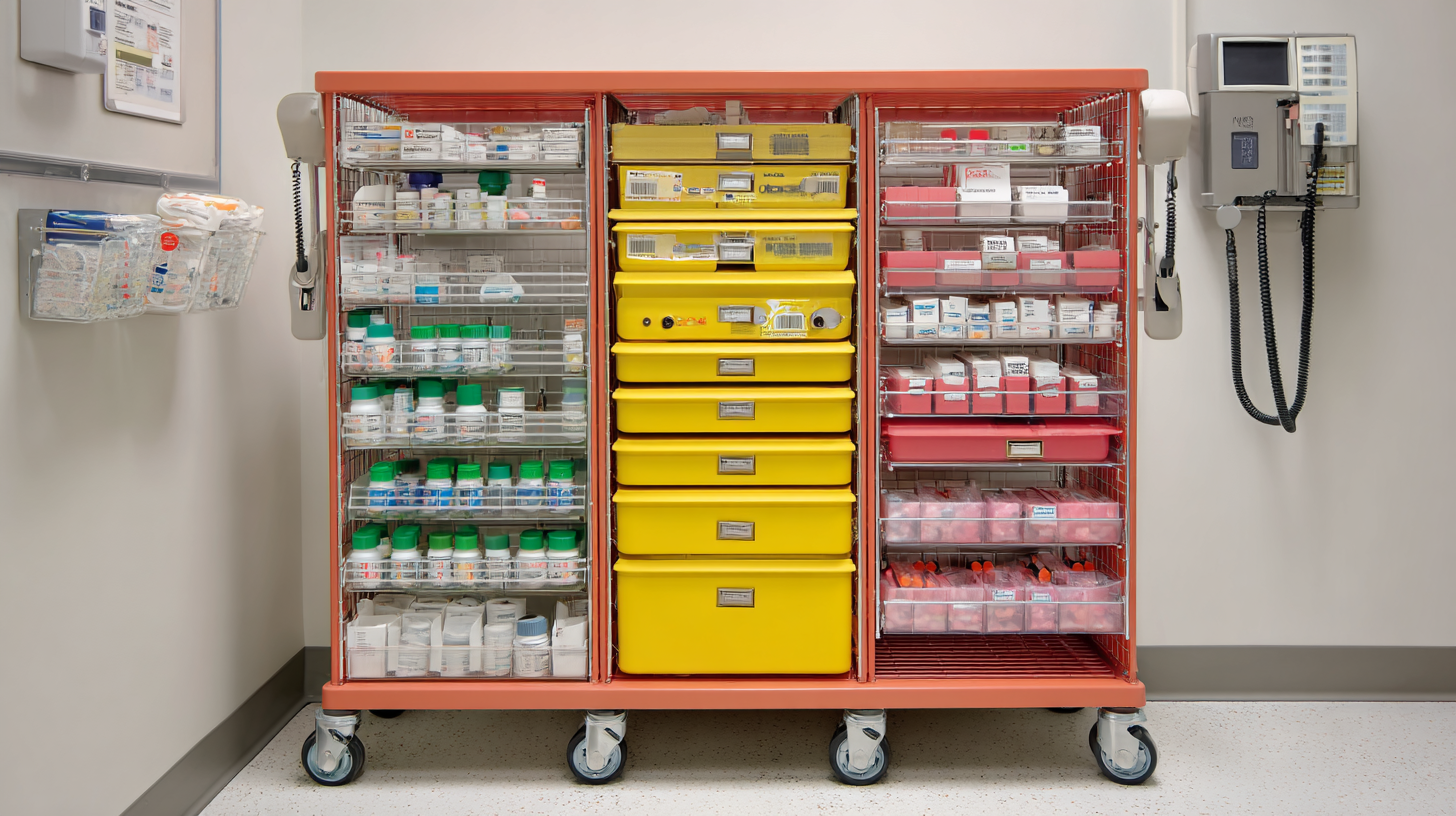 When choosing the right medication trolley for your healthcare facility, assessing the space and layout needs is critical to ensure optimal functionality and safety. Community health assessments highlight the importance of data-driven decisions in planning healthcare environments. For instance, facilities that are designed to meet specific spatial needs can enhance workflow efficiency and improve patient care delivery, making it essential to consider the dimensions and layout of your available space. According to recent benchmarks, a well-organized medication administration area can reduce the risk of medication errors significantly, emphasizing the need for careful planning.
When choosing the right medication trolley for your healthcare facility, assessing the space and layout needs is critical to ensure optimal functionality and safety. Community health assessments highlight the importance of data-driven decisions in planning healthcare environments. For instance, facilities that are designed to meet specific spatial needs can enhance workflow efficiency and improve patient care delivery, making it essential to consider the dimensions and layout of your available space. According to recent benchmarks, a well-organized medication administration area can reduce the risk of medication errors significantly, emphasizing the need for careful planning.
Tips: When planning your medication trolley setup, ensure that it accommodates necessary supplies and tools without overcrowding the space. Also, consider future needs by leaving areas for additional equipment or technology upgrades. Implementing accessibility standards from the beginning can help create a safer environment for both staff and patients.
Furthermore, it's essential to evaluate existing facility designs and how they influence service delivery. Incorporating feedback from post-occupancy evaluations can highlight areas where space may be underutilized or poorly arranged, suggesting possible redesigns for efficiency. Keep in mind that an adaptable layout can accommodate evolving healthcare practices and technologies, providing long-term benefits to your facility.
Safety and Compliance Standards for Medication Storage
When selecting a medication trolley for your healthcare facility, safety and compliance standards must be prioritized to ensure effective medication management. The trolley should meet various regulatory requirements that govern the storage and transportation of medications. This includes adhering to guidelines set forth by organizations such as the Joint Commission and the Food and Drug Administration (FDA), which focus on minimizing the risk of medication errors and ensuring patient safety.
In addition to regulatory compliance, the design of the medication trolley plays a crucial role in maintaining a secure environment for pharmaceuticals. Features such as lockable compartments, clear labeling, and an organized layout are essential for preventing unauthorized access and ensuring that medications are stored correctly. Furthermore, the materials used for the trolley should be easy to clean and disinfect, as infection control is paramount in healthcare settings. By carefully considering these safety and compliance aspects, healthcare facilities can enhance their medication management practices and provide a safer environment for both patients and staff.
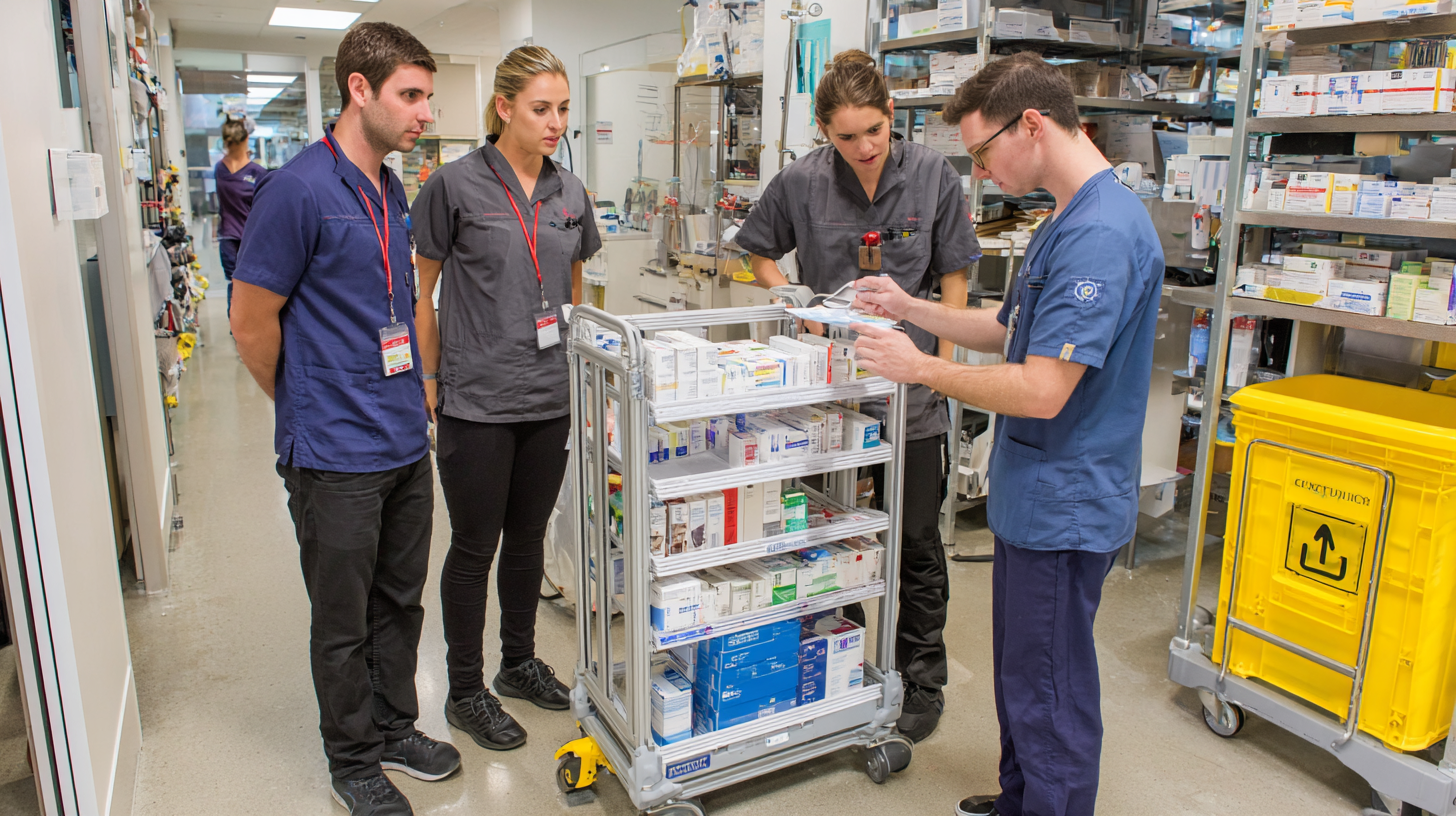
Tips for Maintaining and Upgrading Your Medication Trolley
When it comes to maintaining and upgrading your medication trolley, regular inspections and proper maintenance protocols are crucial for ensuring safety and efficiency in healthcare settings. According to a study published by the Journal of Nursing Management, about 30% of medication errors in hospitals are linked to the improper organization and accessibility of medication storage. To combat this, healthcare facilities should implement a routine where trolleys are checked for cleanliness, expiration of medications, and alignment with the latest clinical guidelines. This proactive approach not only reduces the likelihood of errors but also promotes a culture of safety among staff.
Upgrading your medication trolley can also significantly improve workflow efficiency. A report from the Healthcare Technology Report highlights that facilities that have modernized their medication management systems have seen a 20% reduction in the time nurses spend preparing medications. Investing in features such as smart locking mechanisms, integrated tracking systems, and modular designs allows for better adaptability to specific healthcare needs. As technology advances, equipping your trolley with advanced functionalities will not only enhance safety but also align with the latest regulatory standards, ultimately improving patient care outcomes.
Related Posts
-
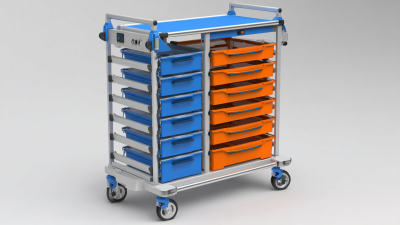
How to Choose the Best Medicine Cart for Your Healthcare Facility Needs
-

Understanding the Challenges of Using Surgical Trolleys in Modern Healthcare Settings
-
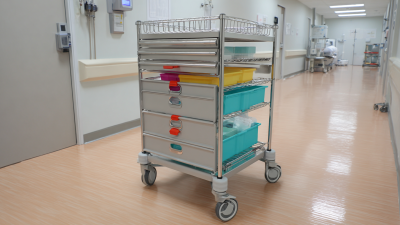
How to Choose the Right Medical Trolley for Your Healthcare Facility
-

The Ultimate Guide to Choosing the Perfect Stainless Steel Medical Cart for Your Healthcare Facility
-
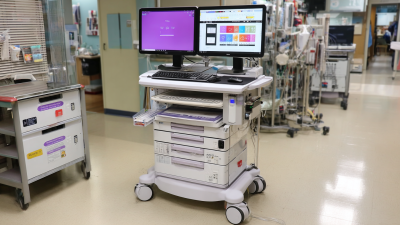
Innovative Solutions for the Future of Medical Computer Carts in Healthcare Environments
-
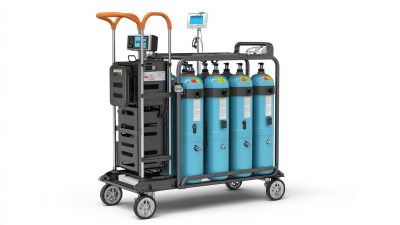
Enhancing Mobility: Discover the Best Oxygen Tank Carts for Home and Travel Needs
